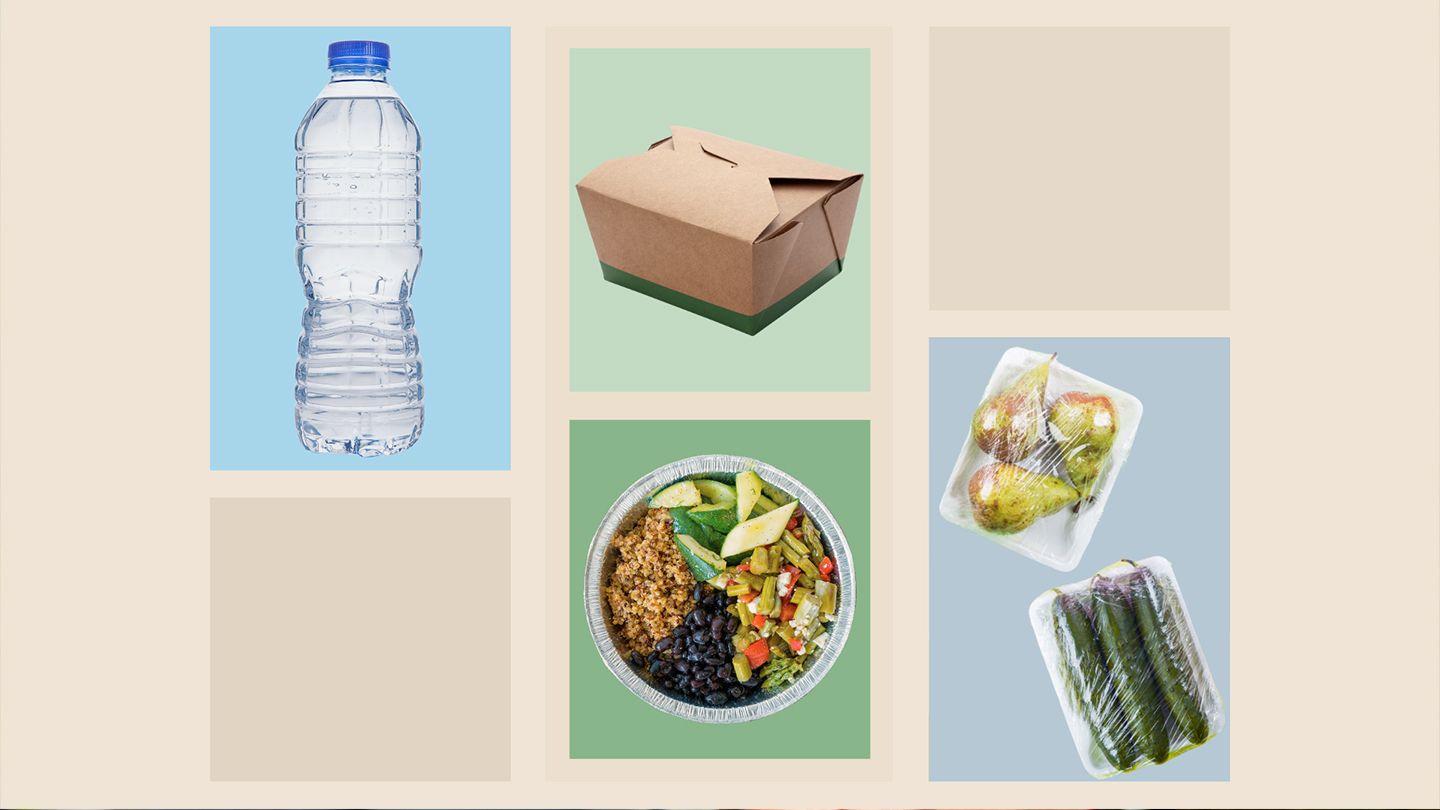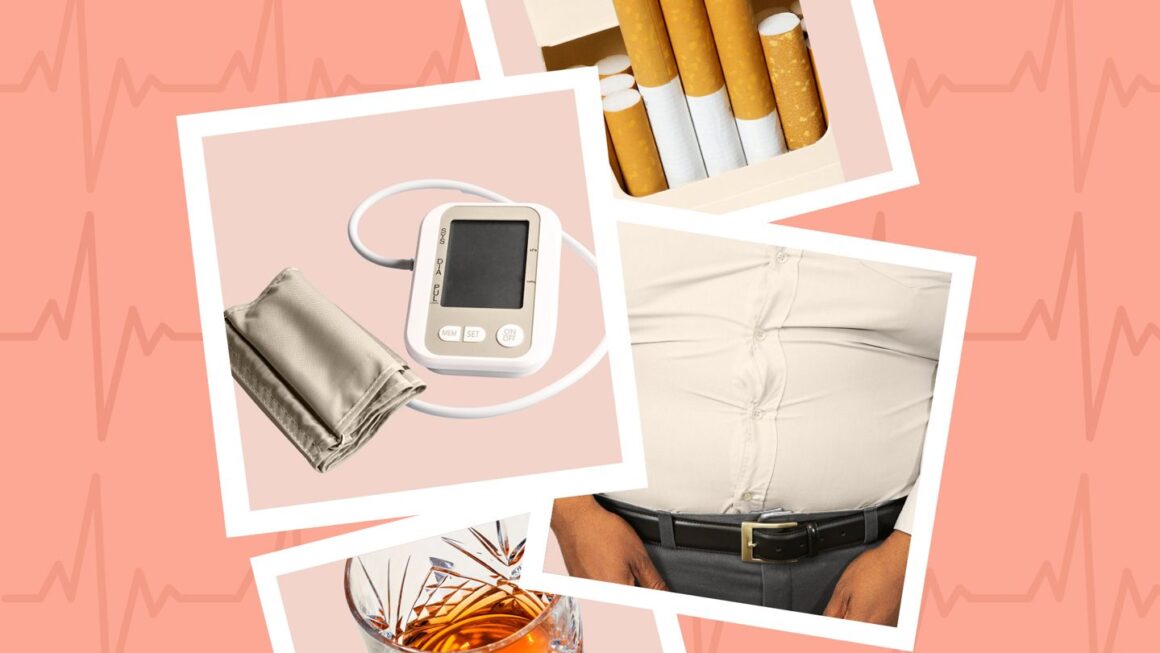Every day, people interact with various forms of food packaging, from shrink-wrap to plastic takeout containers. But many experts are concerned that the convenience these items offer may come with an invisible cost — exposure to harmful chemicals.
The chemicals found in human samples were either used in the manufacture of food-contact materials or were present in items like packaging and kitchenware, says the lead author, Birgit Geueke, PhD, the senior scientific officer at Food Packaging Forum, a nonprofit food-packaging safety foundation based in Switzerland that is advised by independent scientists.
The chemicals noted in the study include some that scientists have extensively studied, such as bisphenols, PFAS (often called “forever chemicals” because they do not degrade), phthalates, metals, and volatile organic compounds, says Dr. Geueke.
“Many of these chemicals have hazardous properties of concern and have been linked to harming human health,” she says.
“This study is the most comprehensive analysis ever conducted of human exposure to synthetic chemicals in plastic food packaging,” says Philip J. Landrigan, MD, the director of the Program for Global Public Health and the Common Good at Boston College, who was not involved in the research.
Thousands of Food-Contact Chemicals Have Never Been Tested for Toxicity
Geuke and her team set out to close an important knowledge gap about the presence and toxicity of chemicals in items used to store, process, package, and serve foods.
While many of the chemicals are known to be concerning, thousands of others have never been tested for toxicity. Humans are known to be exposed to these chemicals via foods, but the full extent of human exposure to all food-contact chemicals is unknown, the authors wrote.
“This gap in testing reflects the extreme weakness of chemical safety laws in the United States, which allow chemicals to enter and remain on markets with no toxicity testing,” says Dr. Landrigan.
The investigators reviewed all the available information on food-contact chemicals and compared that with available databases, including five human biomonitoring programs, which measure the concentration of chemicals in human tissues and fluids.
The analysis revealed the presence of many chemicals linked to concerning health outcomes, says Geueke.
She provides a few examples:
- Bisphenol A (BPA) has been classified as toxic to reproduction, which means it can damage fertility. It’s also an endocrine-disrupting chemical that interferes with hormones.
- Bisphenol S, a chemical sometimes used in place of BPA, has similar properties.
- PFOA, a “forever chemical,” has been found to promote liver toxicity, and negatively impact the immune system.
“For many other PFAS, toxicity data are very scarce, so their impact on human health is not known at all,” says Geueke.
Food Packaging Chemicals May ‘Mess With Your Hormones’
Many of the chemicals that migrate from plastic packaging into foods and then into people are toxic, and they include known human carcinogens, neurotoxicants (substances that damage the brain), and endocrine disruptors, says Dr. Landrigan.
“Endocrine disruption is a big concern — a lot of these chemicals mess with your hormones, which can result in reproductive and metabolic problems,” says Linda G. Kahn, PhD, MPH, an assistant professor in the departments of pediatrics and population health at NYU Langone Health in New York City.
Dr. Kahn has coauthored research on chemicals that impact health, such as PFAS, found in plastic and in many common household items, but was not involved in this study.
“Even if the levels of individual chemicals are below what is officially considered toxic, food-contact materials don’t just contain a single ingredient, so we are exposed to combinations of chemicals that may interact to exacerbate health consequences,” she says.
Ways to Limit Chemical Exposure
People can reduce their exposure to food-contact chemicals in several ways, says Kahn.
- Purchase minimally processed food.
- Avoid shrink-wrapped fruits, vegetables, meat, and poultry.
- Don’t microwave food in disposable containers; chemicals are more likely to leach out of packaging products into food when heated.
“Unfortunately, consumers’ ability to control their exposure is often limited by what is available to them. For example, you may only be able to buy precut, plastic-wrapped meat and poultry where you shop and may not have access to freshly butchered meat, which can be wrapped in waxed paper. Consumers also have no control over the chemicals that foods are exposed to during the manufacturing process,” she says.













